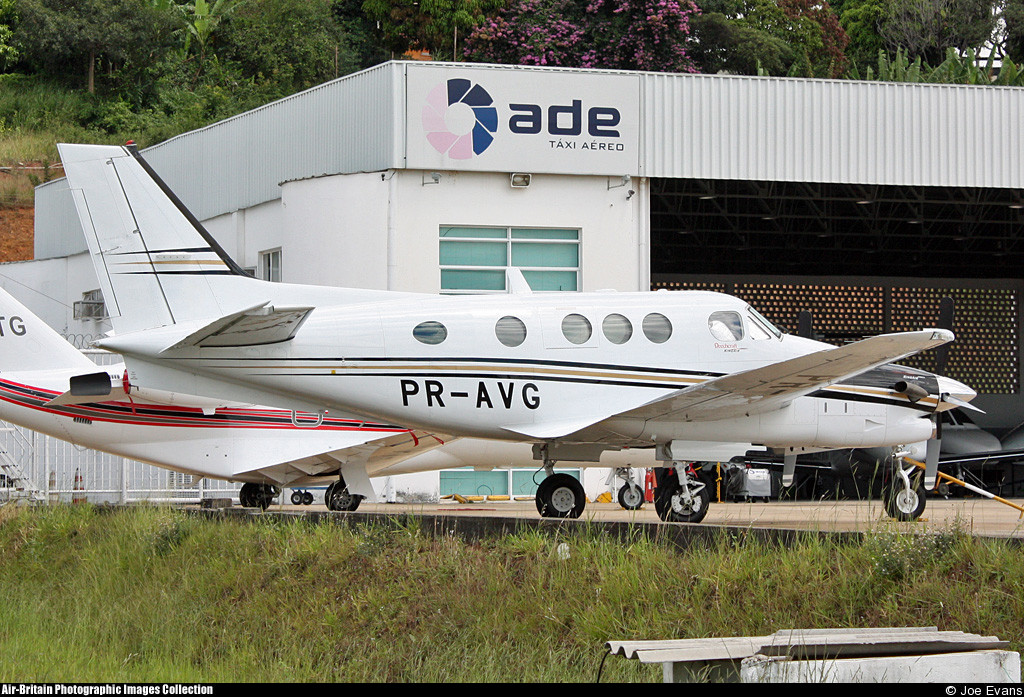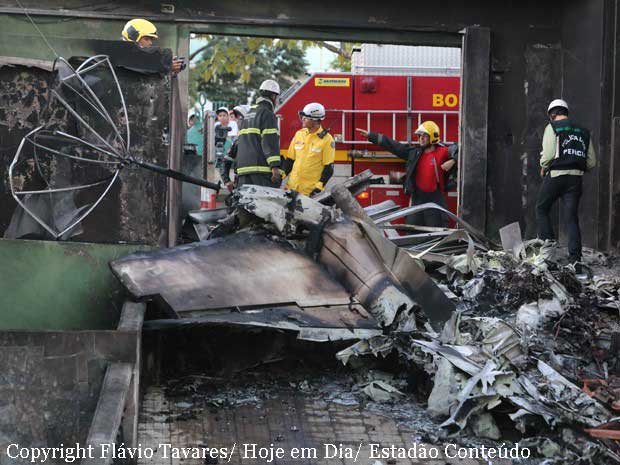Country
Crash of a Beechcraft E90 King Air in Fayetteville
Date & Time:
Aug 28, 2015 at 1400 LT
Registration:
N891PC
Survivors:
Yes
Schedule:
Shelbyville – Huntsville
MSN:
LW-40
YOM:
1973
Crew on board:
1
Crew fatalities:
Pax on board:
0
Pax fatalities:
Other fatalities:
Total fatalities:
0
Captain / Total hours on type:
230.00
Aircraft flight hours:
11283
Circumstances:
Shortly after takeoff in day visual meteorological conditions, when the airplane was climbing through 3,000 ft mean sea level, a complete electrical failure occurred that affected electrical instrumentation and additional airplane equipment, including the landing gear. The pilot reported that he performed the electrical failure checklists and could not restore power. After additional troubleshooting with no success, he chose to divert to and land at another airport. While in the traffic pattern at his diversion airport, he attempted to lower the landing gear using the emergency landing gear extension procedures but could not confirm the landing gear were down and locked. Without any capability to communicate or confirmation that the landing gear were down, he decided to leave the airport traffic pattern and land on a nearby field to avoid airport traffic; the airplane sustained substantial damage to the fuselage, landing gear doors, engines, and propellers during the off-airport landing. The reason for the loss of electrical power could not be determined. Examination of the cockpit revealed that the landing gear's emergency engage handle, also known as the "J" handle, was not pulled up and turned, which was one of the steps listed in the airplane flight manual for the manual landing gear extension procedure. The "J" handle engages the clutch and allows for the handle to operate the landing gear chain. Without engaging the "J" handle, the landing gear handle pumping action would not have worked, which resulted in the gear-up landing.
Probable cause:
A total loss of electrical power for reasons that could not be determined and the pilot's subsequent failure to properly follow the manual landing gear extension procedures, which resulted in the landing gear not extending.
Final Report:
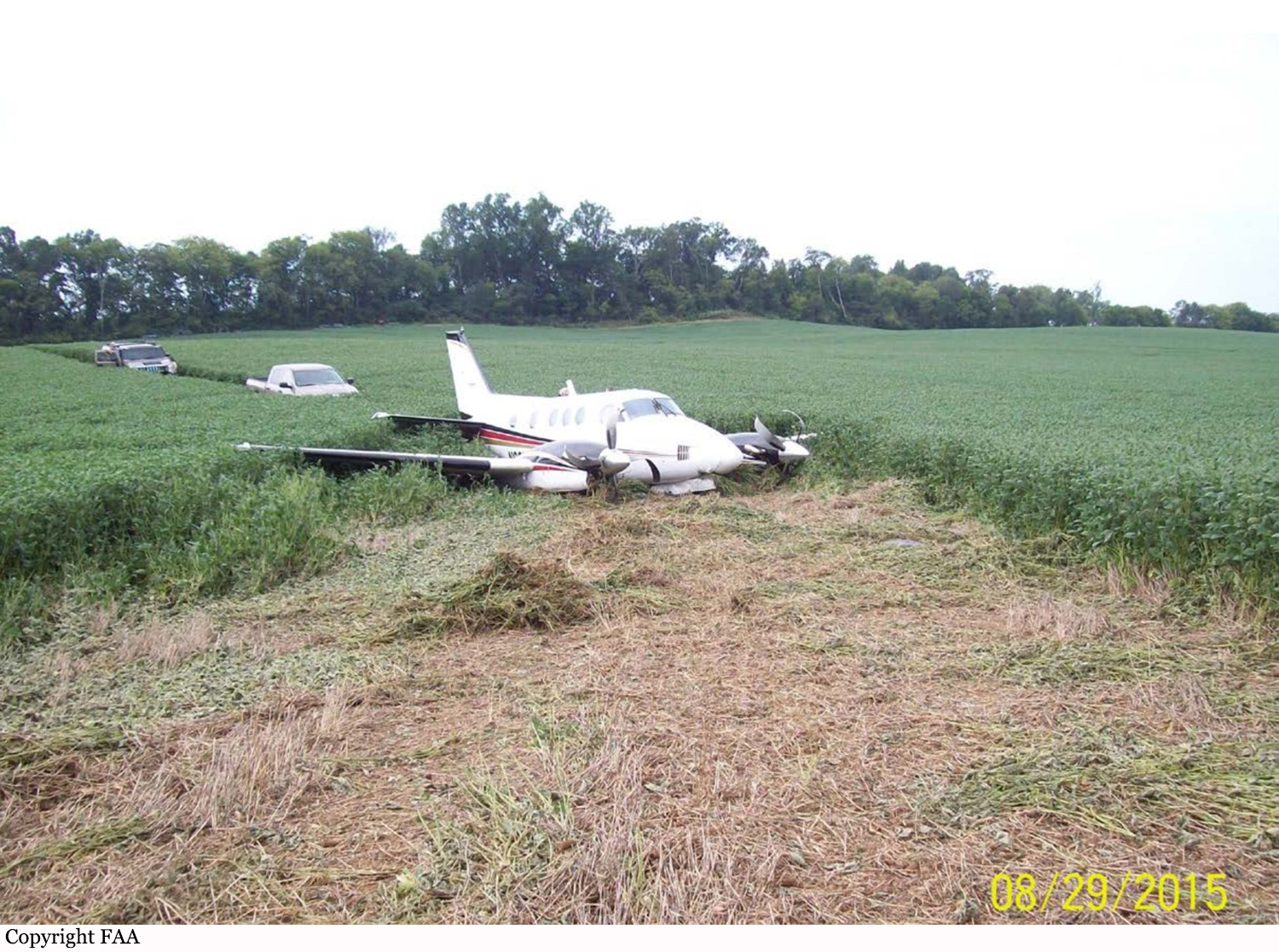



Crash of a Beechcraft C90B King Air in Georgetown
Date & Time:
Aug 1, 2015 at 2100 LT
Registration:
N257CQ
Survivors:
Yes
Schedule:
Dayton – Somerset
MSN:
LJ-1419
YOM:
1995
Crew on board:
1
Crew fatalities:
Pax on board:
3
Pax fatalities:
Other fatalities:
Total fatalities:
0
Captain / Total hours on type:
1122.00
Aircraft flight hours:
2324
Circumstances:
The airplane was fueled with 140 gallons of fuel before the second of three flight segments. The pilot reported that, while en route on the third segment, a fuel crossfeed light illuminated. He reset the indicator and decided to land the airplane to troubleshoot. He requested to divert to the nearest airport, which was directly beneath the airplane. Subsequently, the right engine lost power, and the autofeather system feathered the right engine propeller. He reduced power on the left engine, lowered the nose, and extended the landing gear while entering the traffic pattern. The pilot indicated that, after the landing gear was extended, the electrical system "failed," and shortly after, the left engine would not respond to power lever inputs. As the flight was on a base leg approach, the airplane was below the intended flightpath to reach the runway. The pilot stated that he pulled "gently on the control wheel"; however, the airplane impacted an embankment and came to rest on airport property, which resulted in substantial damage to both wings and the fuselage. Postaccident examination of the engines and airframe revealed no evidence of mechanical malfunctions or abnormalities that would have precluded normal operation. Signatures on the left propeller indicated that the engine was likely producing power at the time of impact; however, actual power settings could not be conclusively determined. Signatures on the right propeller indicated that little or no power was being produced. The quantity of fuel in the airplane's fuel system, as well as the configuration of the fuel system at the time of the accident, could not be determined based on the available evidence. Although the position of the master switch (which includes the battery, generator 1, and generator 2) was found in the OFF position, the airplane had been operating for about 30 minutes when the electrical power was lost; thus, it is likely that the airplane had been operating on battery power throughout the flight. This could have been the result of the pilot's failure to activate, or his inadvertent deactivation of, the generator 1 and 2 switch. If the flight were operating on battery power, it would explain what the pilot described as an electrical system failure after the landing gear extension due to the exhaustion of the airplane's battery. The postaccident examination of the left engine and propeller revealed that the engine was likely producing some power at the time of impact, and an explanation for why the engine reportedly did not respond to the pilot's throttle movements could not be determined. Additionally, given the available evidence, the reason for the loss of power to the right engine could not be determined.
Probable cause:
Undetermined based on the available evidence.
Final Report:
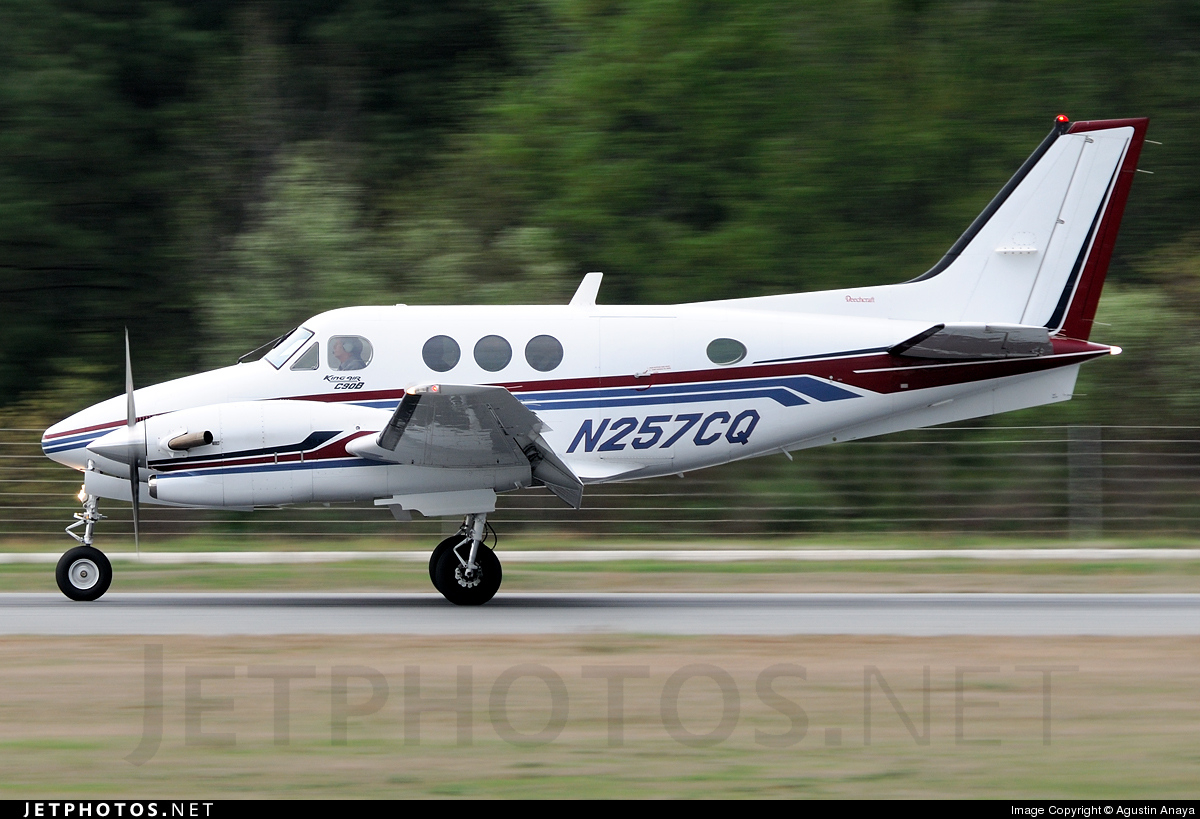
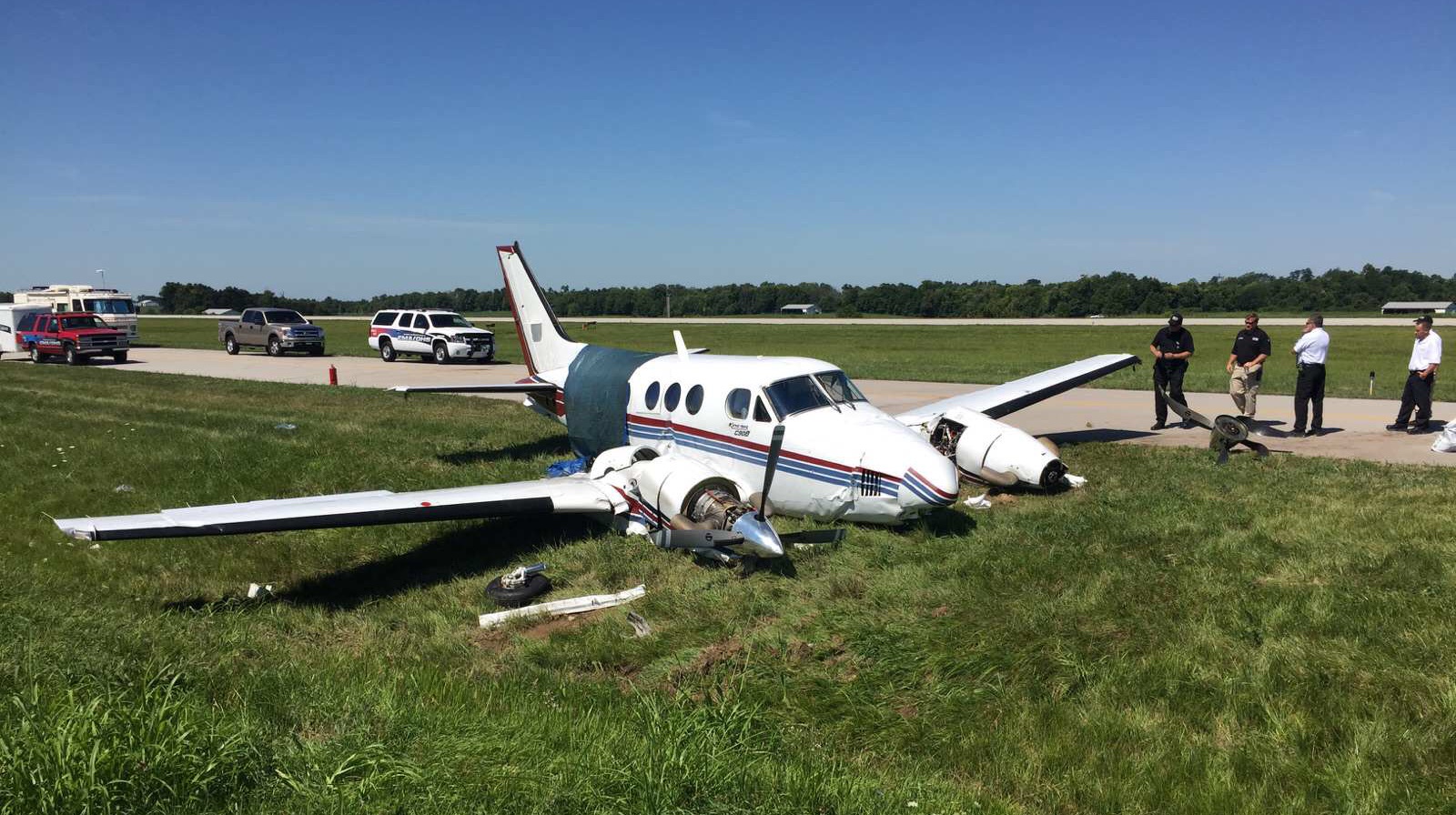
Crash of a Beechcraft C90GTi King Air in Belo Horizonte: 3 killed
Date & Time:
Jun 7, 2015 at 1525 LT
Registration:
PR-AVG
Survivors:
No
Schedule:
Belo Horizonte – Setubinha
MSN:
LJ-1891
YOM:
2008
Crew on board:
2
Crew fatalities:
Pax on board:
1
Pax fatalities:
Other fatalities:
Total fatalities:
3
Circumstances:
The twin engine airplane departed Belo Horizonte-Pampulha-Carlos Drummond de Andrade Airport on a flight to Setubinha-Fazenda Sequóia Airfield, carrying one employee of the company and two pilots. Prior to takeoff, the captain informed the copilot he wanted to perform an 'American' takeoff with full engine power followed by a steep climb. After liftoff, the crew raised the landing gear then continued over the runway at low height until the end of the terrain to reach a maximum speed, then initiated a steep climb at 90°. The aircraft reached the altitude of 1,700 feet in 15 seconds then stalled and entered an uncontrolled descent. It dove into the ground and crashed in a vertical attitude into a houses located in a residential area some 800 metres from the airport. The aircraft was destroyed by impact forces and a post crash fire and all three occupants were killed. One people on the ground was slightly injured.
Probable cause:
Loss of control after the crew initiated aerobatic maneuvers at low altitude.
Final Report:
